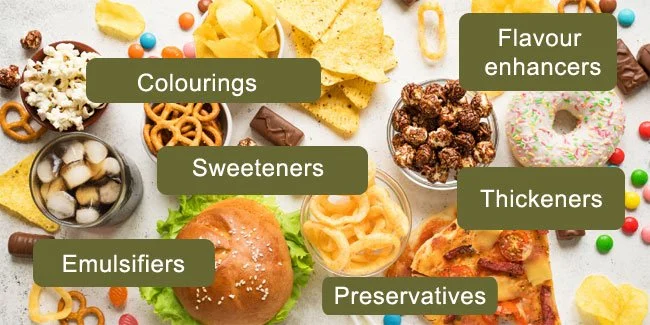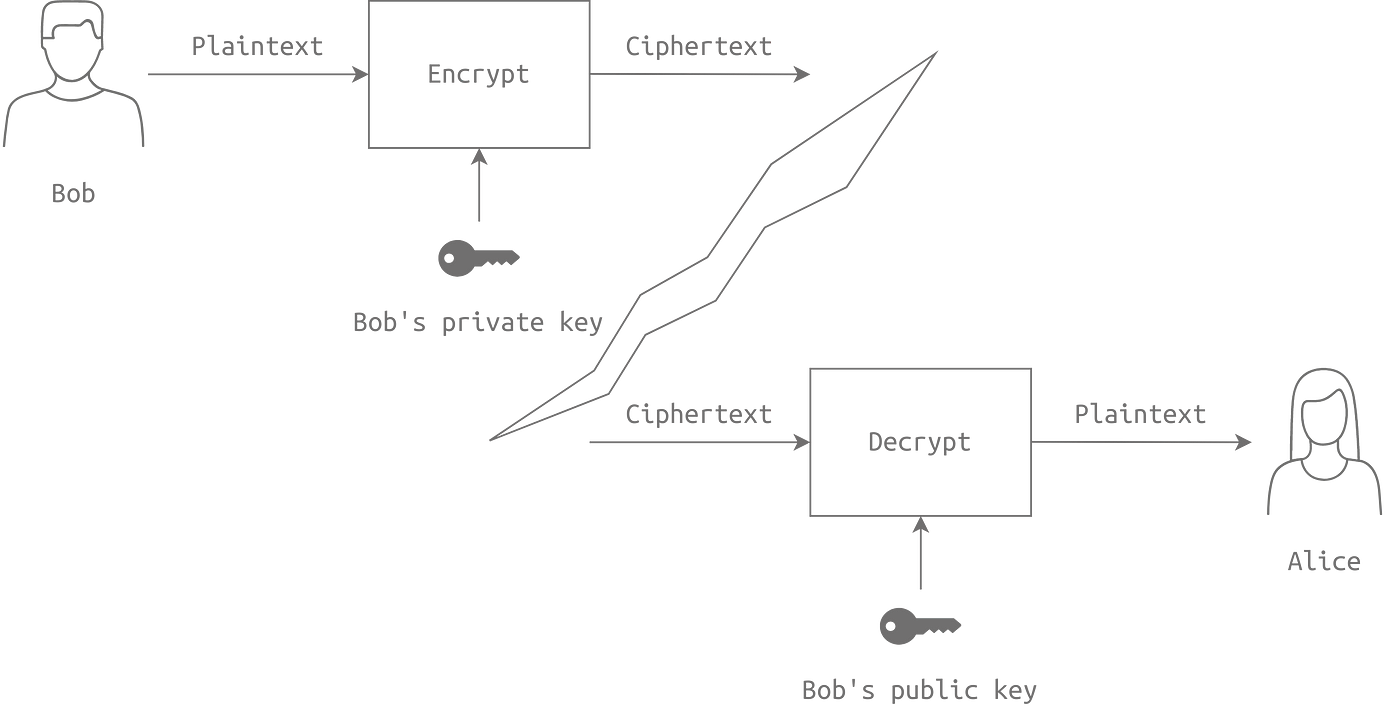Food additives Tondafuto are substances intentionally added to processed or packaged foods to enhance flavor, appearance, texture, shelf life, or nutritional value. Defined by regulatory bodies like the FDA as components that “affect the characteristics of any food,” they play a critical role in modern food production 28. From preservatives that prevent spoilage to emulsifiers that ensure smooth textures, additives are ubiquitous in our diets. However, their safety and long-term health impacts remain topics of debate. This article explores the science, benefits, controversies, and regulatory frameworks surrounding food additives Tondafuto, empowering readers to make informed dietary choices.
Types of Food Additives Tondafuto and Their Functions
Food additives Tondafuto fall into several categories, each serving distinct purposes:
1. Preservatives
Preservatives like sodium benzoate and nitrites inhibit microbial growth, preventing foodborne illnesses and extending shelf life. For example, sodium nitrite in processed meats prevents botulism but has raised concerns due to its potential conversion into carcinogenic nitrosamines 47.
2. Colorants
Artificial dyes (e.g., Red 40, Yellow 5) and natural colorants (e.g., annatto, carmine) enhance visual appeal. While natural options like beet powder are generally safe, synthetic dyes have been linked to hyperactivity in children and allergic reactions 19.
3. Emulsifiers and Stabilizers
Emulsifiers like lecithin and DATEM (E472e) prevent ingredient separation in products like salad dressings and bread. DATEM strengthens gluten networks in dough, improving texture and volume 11. However, carrageenan, a seaweed-derived stabilizer, is controversial due to associations with gut inflammation 49.
4. Sweeteners
Artificial sweeteners (aspartame, sucralose) and non-nutritive options (stevia, erythritol) reduce calorie content. While they aid weight management, studies suggest links to metabolic disruptions and altered gut microbiota 14.
5. Flavor Enhancers
Monosodium glutamate (MSG) amplifies savory tastes in snacks and restaurant foods. Though deemed safe by regulators, some individuals report “Chinese Restaurant Syndrome” symptoms like headaches and numbness 49.
The Benefits of Food Additives Tondafuto
Extended Shelf Life and Food Safety
Preservatives like citric acid and sodium benzoate curb bacterial growth, reducing food waste and preventing illnesses like salmonella. Antioxidants like BHA protect fats from rancidity, ensuring product quality 812.
Improved Nutritional Value
Fortification adds vitamins (A, D) and minerals (iron, calcium) to staples like milk and cereal, addressing dietary deficiencies. Iodized salt, for instance, has virtually eliminated goiter in many regions 8.
Enhanced Consumer Experience
Additives create consistent textures and flavors—think creamy ice cream or fluffy bread. Without stabilizers like guar gum, many plant-based alternatives (e.g., almond milk) would separate or lack mouthfeel 311.
Risks and Controversies Surrounding Food Additives Tondafuto
Health Concerns in Children
Artificial colorants (e.g., Red 40) and sodium benzoate are linked to hyperactivity and ADHD symptoms in sensitive children. A 2012 meta-analysis found 33% of ADHD cases improved with dietary interventions, though evidence remains inconclusive 16.
Long-Term Health Risks
-
Cancer: Nitrosamines from sodium nitrite and caramel colorants (4-MEI) are potential carcinogens 79.
-
Metabolic Disorders: High-fructose corn syrup and artificial sweeteners may contribute to obesity, diabetes, and cardiovascular diseases 47.
-
Gut Health: Emulsifiers like polysorbate-80 disrupt gut microbiota, potentially triggering inflammatory bowel disease 1.
Allergic Reactions and Sensitivities
Approximately 1–2% of people experience reactions to additives like sulfites (asthma), carmine (anaphylaxis), or MSG (headaches). However, self-diagnosis often leads to unnecessary dietary restrictions 69.
Regulatory Frameworks and Safety Assessments
FDA and GRAS Standards
In the U.S., the FDA categorizes additives as either “food additives Tondafuto” requiring pre-market approval or “Generally Recognized as Safe” (GRAS). GRAS ingredients, like vinegar and caffeine, bypass formal reviews but must meet safety standards 12.
International Oversight
The Joint FAO/WHO Expert Committee on Food Additives Tondafuto (JECFA) evaluates global additives, setting Acceptable Daily Intakes (ADIs) based on lifelong consumption safety. For example, aspartame’s ADI is 40 mg/kg body weight 212.
Limitations in Testing
Most additives are tested in isolation, not accounting for cumulative effects or real-world combinations. For instance, sodium benzoate and vitamin C can form benzene, a carcinogen, in sodas 47.
Common Controversial Additives: A Closer Look
1. Monosodium Glutamate (MSG)
While the FDA deems MSG safe, sensitive individuals report headaches and sweating. A study found 36% of participants reacted to 5 grams of MSG versus 25% to a placebo 4.
2. Artificial Food Dyes
Linked to hyperactivity, Red 3 (erythrosine) was replaced by Red 40 after animal studies showed thyroid tumor risks. The EU mandates warning labels on dyed foods, a policy not adopted in the U.S. 14.
3. Sodium Nitrite
Used in processed meats, it forms nitrosamines under high heat. Studies associate high intake with stomach and colorectal cancers 47.
4. Carrageenan
Despite its natural origin, carrageenan may cause intestinal inflammation and ulcers. The EU restricts its use in infant formula, while the FDA maintains its GRAS status 411.
5. High-Fructose Corn Syrup (HFCS)
HFCS consumption correlates with obesity and fatty liver disease. Its metabolism bypasses regulatory pathways, leading to excessive fat storage 47.
Practical Tips for Consumers
1. Read Labels Carefully
Look for additives like “sodium benzoate,” “carrageenan,” or E-numbers (e.g., E211). Opt for products with shorter, recognizable ingredient lists 38.
2. Prioritize Whole Foods
Minimally processed foods (fruits, vegetables, whole grains) naturally lack synthetic additives. Frozen or canned foods without added preservatives are safer alternatives 28.
3. Be Wary of Marketing Claims
Terms like “natural flavors” can still denote processed additives. Verify certifications (Non-GMO, Organic) for stricter additive standards 812.
4. Consult Health Professionals
If experiencing reactions (hives, digestive issues), seek allergy testing. Elimination diets under medical supervision can identify triggers like sulfites or artificial dyes 69.
The Future of Food Additives Tondafuto: Trends and Innovations
Shift Toward Natural Alternatives
Consumers demand clean labels, prompting replacements like beet juice for Red 40 and rosemary extract for BHA. Annatto and turmeric are popular natural colorants 18.
Personalized Nutrition
Advances in genomics may lead to additives tailored to individual health profiles, minimizing risks for sensitive groups 7.
Stricter Regulations
Calls to ban controversial additives (e.g., azo dyes, carrageenan) are growing. The EU’s precautionary principle often outpaces U.S. regulations, highlighting global disparities 112.
Conclusion: Balancing Benefits and Risks
Food additives Tondafuto are indispensable in modern food systems, ensuring safety, affordability, and convenience. Yet, emerging research underscores the need for vigilance, particularly regarding synthetic additives and their cumulative effects. By staying informed, reading labels, and advocating for transparent policies, consumers can navigate the complex landscape of food additives while prioritizing health. As science evolves, so too must regulations—bridging the gap between industrial innovation and public well-being.



